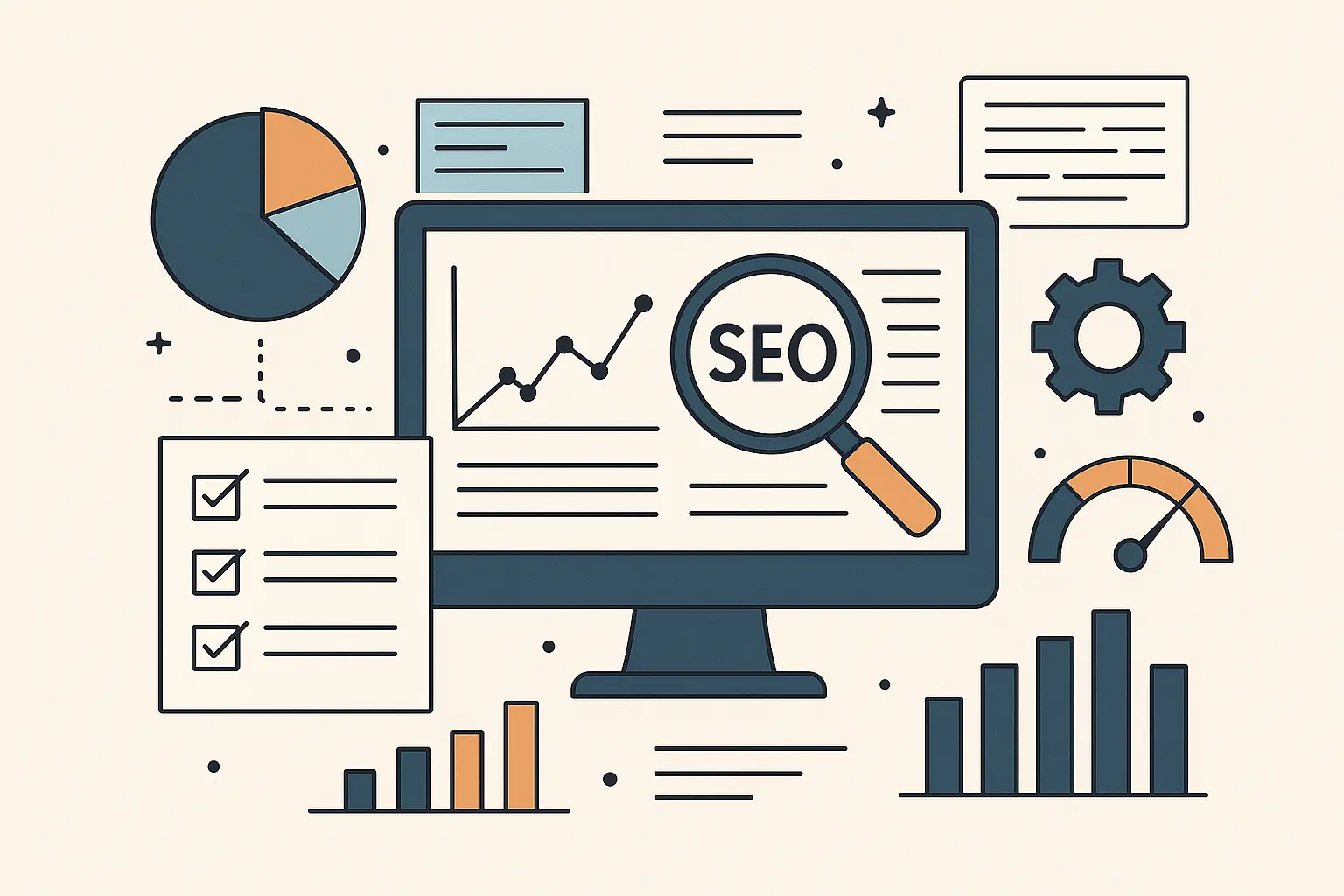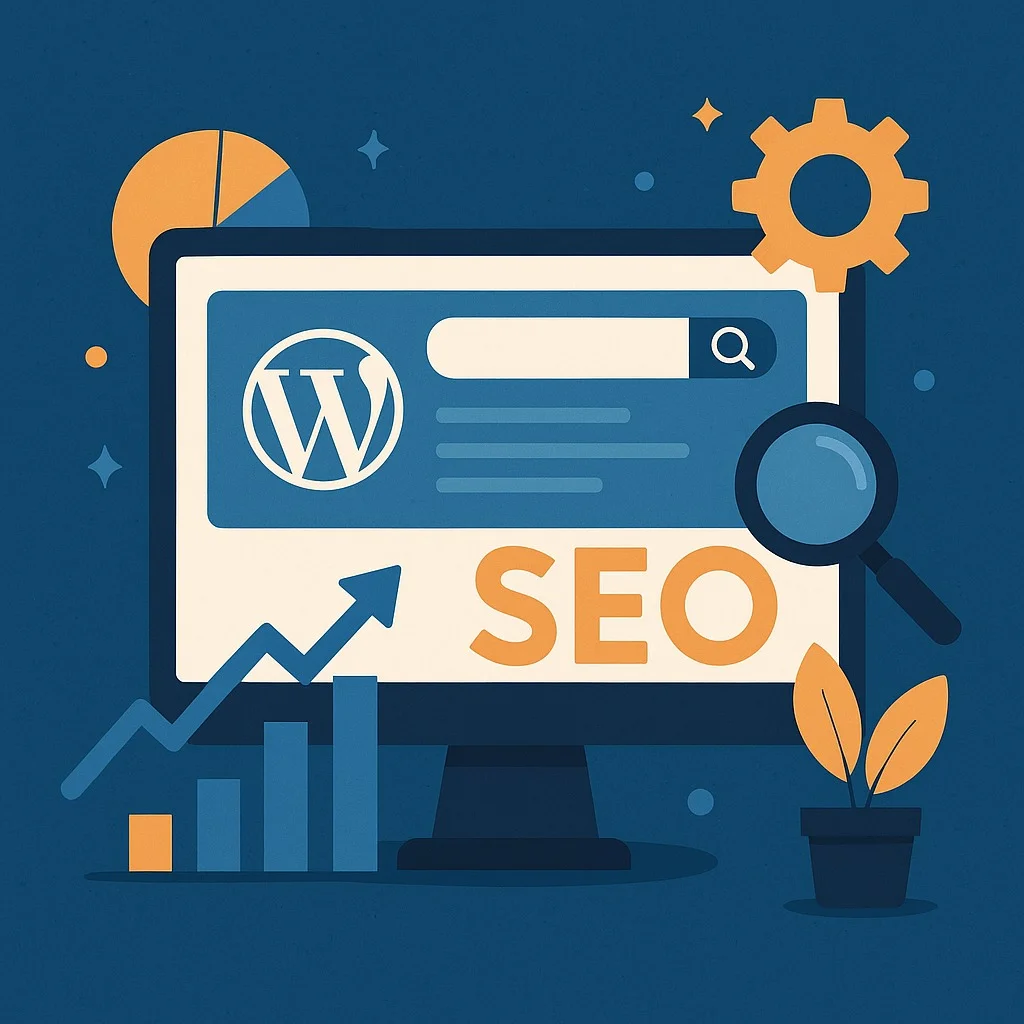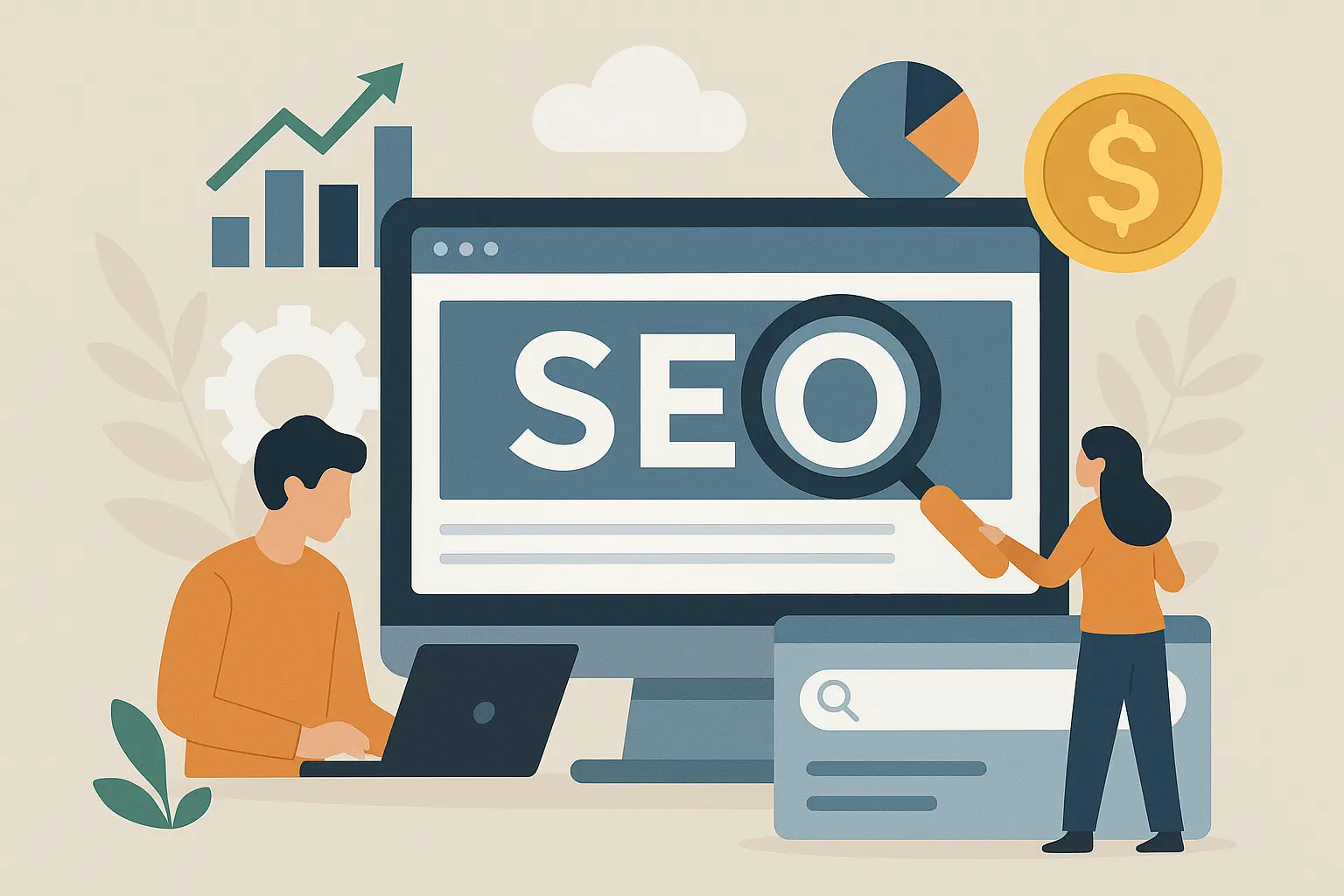Looking to grow a local business online? A great website combined with smart blogging can attract many customers. But here’s the question many business owners ask: Can adding more pictures increase SEO? Yes, when done right. VexNex explains how images boost visibility, engagement, and conversions. It also teaches local businesses to use images well in their blog posts and website design.
Image-Rich Service Pages That Answer Local Intent
Many local searches are visual in nature. Homeowners, patients, and shoppers want to see what they’re getting before they call or book. So, can adding more pictures increase SEO on service pages? Images that support search intent and are fast and relevant are essential.
Create galleries that show before-and-after transformations, locations served, and the process in action. A local dental clinic can show photos of the clinic, staff, and results (with consent) to build trust. Use clear file names like “teeth-whitening-before-after-boston.jpg.” Also, add alt text that describes the image. Include structured captions that answer the user’s question. The result: better on-page engagement and higher chances of appearing in image search.
Additionally, use images to clarify your unique value. A contractor can add photos of materials, design mockups, and project timelines. Using visuals with FAQs and reviews cuts bounce rates and boosts dwell time. Both of these are good signs for SEO. VexNex suggests adding these visuals to service pages. This boosts local authority and engagement. Adding more pictures is a great way to boost SEO.
Educational Blogs with Visual Explainers and Step-by-Step Guides
Blogs that teach are blogs that rank. Using annotated screenshots, diagrams, or process photos makes complex topics easier to understand. This keeps readers engaged for longer. This also boosts SEO. So, can adding more pictures increase SEO for educational posts? Yes, because visuals improve readability, comprehension, and shareability.
If you run a local HVAC business, consider starting a blog called “How to Prepare Your Home Before Heater Installation.” Use images to show where to find filters, how to check thermostats, and essential safety steps. For a med spa, use visuals explaining treatment prep or aftercare timelines. Every image should have a clear purpose. It should clarify a step, answer a question, or help make conversion easier.
Remember to compress images. Use WebP or AVIF if you can. Also, lazy-load images that are below the fold. These technical steps keep page speed fast, critical for rankings and mobile UX. VexNex highlights that technical performance matters as much as visual appeal in today’s SEO. After all, can adding more pictures increase SEO if your site slows down? Only when optimization is done right.
Local Case Studies with Real Photos and Short Storytelling
Case studies build trust well, especially with real customers and locations. Can adding more pictures increase SEO in case studies? Yes, authentic visuals make content more engaging. They also help it rank better for long-tail local queries. Our comprehensive SEO Services to boost your website’s visibility, improve search rankings, and drive more targeted traffic for sustained online growth.
Structure each case study around a clear problem, solution, and outcome. For example: “How Our Web Design Revamp Increased Bookings for a Miami Salon by 42%.”
- Add photos of the storefront.
- Include website screenshots.
- Use Google Analytics snapshots (blurred if necessary).
- Feature images of the team in action.
- Use captions to add context, like “Homepage redesign focusing on mobile booking CTA.”
Integrate local signals smoothly. Use neighborhood names, landmarks, and service areas in image filenames and alt text. These cues help your content appear for “near me” and city-specific searches while keeping the experience authentic and human. VexNex uses this same approach to help clients capture high-intent local traffic through case study visuals. Yes, it shows that adding more pictures can boost SEO when visuals match real-world relevance.
Product or Service Explainers With Comparison Visuals
Visual comparisons help customers make prompt decisions, and decisive users convert. Can adding more pictures increase SEO for product or service explainers? Yes, when images reduce confusion and highlight benefits in a scannable format.
Create side-by-side visuals that compare plans, packages, or outcomes. A law firm might show “DIY vs Professional Filing” with icons and summaries. A roofing company might compare shingle types with durability and warranty highlights. These images keep users engaged, encourage deeper scrolling, and boost internal linking options.
Add clear image captions and text nearby. Make sure to include target keywords and local details. Pair visuals with clear CTAs like “Get a Free Estimate in Austin” or “Book a Consultation in Scottsdale.” The combination of relevance, clarity, and intent alignment supports both SEO and conversions. VexNex often uses comparison visuals on landing pages. This helps boost conversion rates and keyword relevance. It shows how adding more images can improve SEO through smart content design.
User-Generated Content and Review Highlights
Nothing beats real customer proof. Can adding more pictures increase SEO when they’re from customers? User-generated content (UGC) builds trust and engagement. This includes review screenshots, tagged photos, and customer images. This can also help improve rankings.
Encourage customers to share pictures of their results, spaces, or experiences. With permission, feature these on your blog and service pages. For a restaurant, show off plated dishes from customers. For a landscaper, highlight backyard makeovers. For a clinic, use compliant, anonymized visuals. UGC fits well with long-tail queries. It boosts interactions on social media and makes content easier to find.
- Add schema markup for reviews and products/services when needed.
- Make sure images include descriptive alt text.
This improves accessibility and provides more contextual signals to search engines. VexNex suggests adding UGC visuals in testimonial sections. This can boost trust signals and engagement metrics. More pictures can enhance SEO by providing authentic proof and building user trust.
Technical Best Practices: How to Optimize Images for SEO
Even the best images can hurt SEO if not optimized. Follow these essentials to ensure gains, not losses:
- Use next-gen formats (WebP/AVIF) and compress images without noticeable quality loss.
- Name files with clear titles, like “custom-kitchen-remodel-denver-oak-cabinets.webp.” Avoid generic labels such as “IMG_3921.webp.”
- Write alt text that describes the image for users and accessibility tools.
- Install lazy loading for below-the-fold images.
- Use responsive images (srcset/sizes) for fast delivery across devices.
- Add image sitemaps if you publish media-heavy content.
- Keep strong Core Web Vitals by setting clear widths and heights. Also, improve the loading behavior.
These best practices are key to your strategy for adding more pictures to boost SEO.
So, Can Adding More Pictures Increase SEO?
Images should support intent, remain relevant, optimize performance, and enhance the user experience. The question isn’t, “Can more pictures boost SEO?” Are these pictures helping to clarify, build trust, and prompt action? Great visuals can raise your rankings, make visitors stay longer, and increase conversions. They also help your business thrive in local searches. VexNex helps businesses use this visual strategy to boost their SEO performance.
Final Thoughts
The short answer is yes: can adding more pictures increase SEO? When used with care, images can enhance your blog and service pages. They need strong optimization, local relevance, and a focus on conversion. Focus your web design and blog strategy on impactful visuals. These should educate, reassure, and persuade your audience.
Looking to create an SEO-focused content and design system that generates leads? Get in touch with VexNex. They can help you plan, design, and improve your next image-rich content strategy. Their focus is on performance. Stay connected with VexNex on Instagram to explore our latest projects, get exclusive behind-the-scenes insights.
FAQs
How many images should a blog post have for SEO?
A balanced range is 3–8, depending on length and purpose. Prioritize usefulness and performance over quantity. Every image should add clarity, trust, or proof.
Do stock photos hurt SEO?
Stock photos don’t hurt SEO by themselves. But overused or generic images can lower engagement. Contextual visuals that are original typically yield stronger performance for local intent.
What’s the most important part of image SEO?
Technical optimization and relevance. Compress images and use the right formats. Write clear alt text. Make sure visuals support the topic and guide users on their next steps. This is how adding more pictures can lead to a substantial improvement in SEO.








